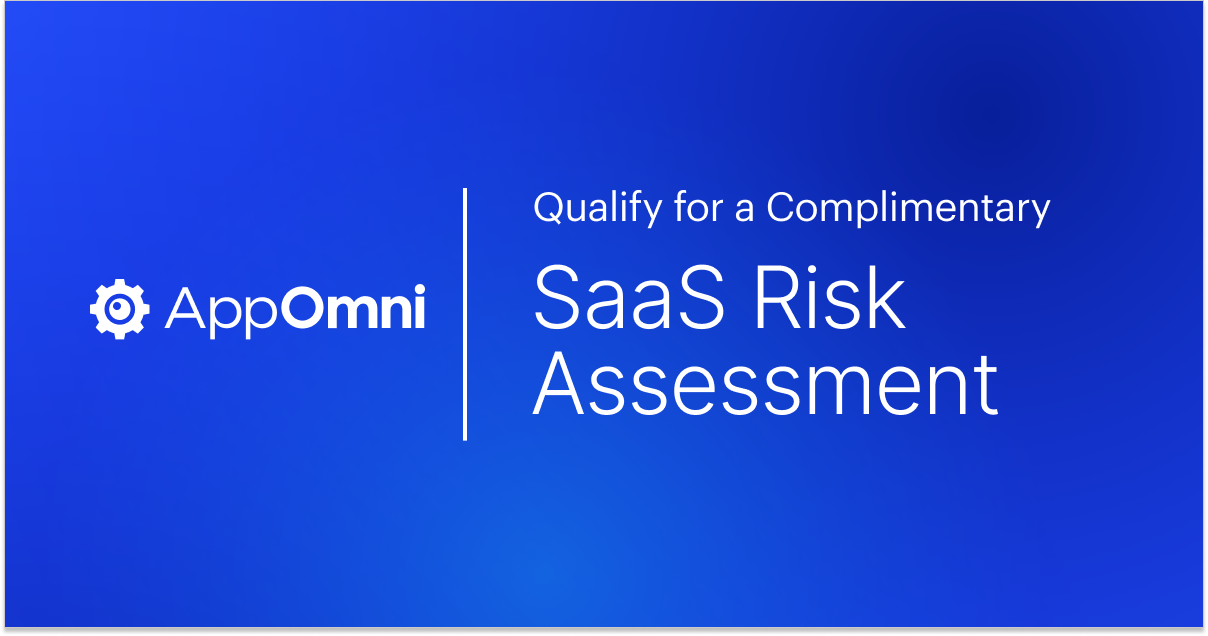The 0ktapus breach: What happened?
In mid-2022, the cybersecurity community took notice of a large-scale phishing campaign targeting Okta credentials and multi-factor authentication (MFA) tokens across dozens of organizations. Dubbed “0ktapus” for its reach into Okta environments, the attack compromised nearly 10,000 user credentials, 5,400+ MFA codes, and 136 organizations—impacting everyone from SaaS-native companies to critical infrastructure providers.
The attackers leveraged social engineering and highly convincing phishing sites to collect credentials and MFA codes, enabling account takeovers and unauthorized access to sensitive data and critical business systems. Victims included major SaaS users like Klaviyo, Mailchimp, and Twilio. Some attacks went beyond data theft to include session hijacking and re-registration of accounts to new devices, amplifying the operational risk.
How did 0ktapus work?
0ktapus demonstrates how attackers bypass even strong authentication controls by targeting the human layer:
- SMS phishing: Attackers obtained employee phone numbers and sent text messages containing links to fake Okta login pages.
- Phishing-as-a-service: The lookalike login pages were convincing enough that thousands of users entered real credentials and MFA codes.
- Session replay: Stolen credentials and codes were passed to real Okta logins in real time, generating valid sessions indistinguishable from legitimate users.
- Full privilege abuse: Attackers accessed SaaS environments with the victim’s roles and privileges, including admin rights in some cases.
The result? Stealthy breaches that bypassed traditional network and endpoint security, exploiting gaps in SaaS identity management and user education.
Why this matters: SaaS security is a new battleground
While this breach happened years ago, we continuously reference back to this breach as an example of how much our threat landscape has changed. 0ktapus isn’t unique for its technical sophistication, but for the scale, speed, and ability to blend into normal user activity. The attack underscores key realities for today’s SaaS-powered organizations:
- Attackers target people, not just systems—and they exploit SaaS identities to move quickly across environments.
- Traditional tools like CASB or MFA alone are not enough. Once attackers obtain valid credentials and session tokens, they become invisible to legacy monitoring.
- Phishing campaigns are evolving. “Phishing-as-a-service” toolkits now make it easy for attackers to build convincing scams targeting any SaaS provider, not just Okta.
How to reduce your SaaS risk
1. Go beyond user training—enforce secure SaaS posture
Security awareness is essential, but even the best-trained users can be fooled. Here’s what leading organizations do:
- Implement continuous SaaS security posture management (SSPM): Proactively detect misconfigurations, privilege escalations, and risky changes in real time.
- Monitor for abnormal SaaS activity: Use modern threat detection to spot session anomalies (like multiple IP addresses per user, impossible travel, or suspicious MFA enrollment changes).
- Enforce least privilege everywhere: Automatically surface and remediate excessive permissions and drift from security baselines.
Gain visibility into SaaS-to-SaaS connections: Identify risky third-party integrations that expand your attack surface.
2. Modernize threat detection
Solutions like AppOmni provide deep event analysis and identity-centric monitoring purpose-built for SaaS environments. Our platform:
- Enables security teams to respond in real time, integrating with SIEM, SOAR, and existing workflows.
- Normalizes logs and activity across your entire SaaS estate—so threats can’t hide in fragmented data.
- Surfaces genuine threats with prioritized, context-rich alerts—reducing alert fatigue.
3. Learn from others: Customer outcomes
Customers trust AppOmni to reduce their breach risk and improve operational resilience:
“AppOmni will help you solve the risks you never knew about that could result in a breach or data exposure. The AppOmni platform solves this in a painless, efficient, and programmatic lifecycle way.”
— Mark Butler, Advisory CISO, Trace3
“Previously, manual reviews took weeks, but with AppOmni’s help, we’ve shortened this process to a few hours, significantly enhancing our efficiency and response time.”
— Gerald Beuchelt, CISO, Sprinklr
0ktapus is not the last—but you can be ready
Sophisticated phishing campaigns targeting SaaS identities are here to stay. But organizations can get ahead with the right mix of education, automation, and continuous monitoring. Modern SaaS security posture management platforms like AppOmni don’t just find risk—they help you fix it, fast.
Ready to take control of your SaaS security posture? Request a risk assessment from AppOmni.
Qualify for a Free
SaaS Risk Assessment

Identify misconfigurations, third-party app risks, and data exposures across your SaaS environment—giving you instant visibility and actionable insights to reduce risk.
Request: Risk Assessment